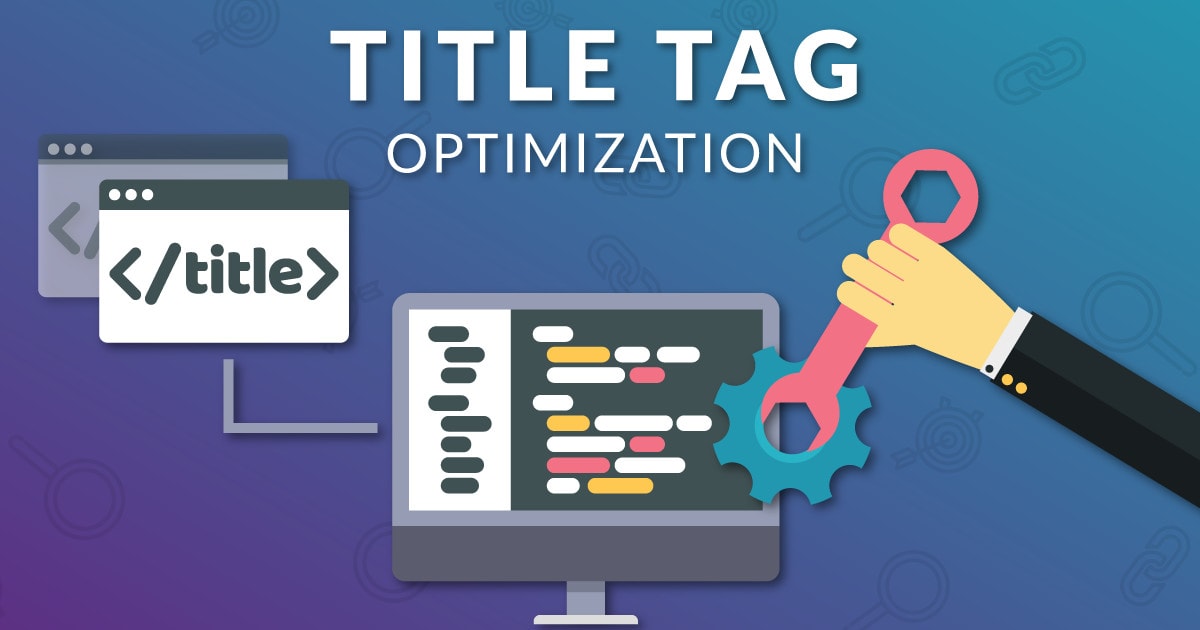JavaScript SEO Best Practices Guide for Beginners
JavaScript SEO Best Practices Guide for Beginners
If you’re new to SEO, you may be wondering how to make sure your JavaScript-heavy website is getting the most search engine love possible.
Fear not!
We being a leading SEO Vancouver Company have got you covered.
This comprehensive guide will show you everything you need to know about optimizing your site for maximum visibility in SERPs.
So put on your thinking cap and get ready to delve into the world of JavaScript SEO!
Leverage JavaScript caching and use content-hashes
The most important thing to remember, as per Top SEO Company, is that JavaScript is a language of dynamic data, not static HTML. As such, it’s best to cache your site’s code in order to improve performance and reduce server load.
The first step you can take toward improving performance with JavaScript is to leverage content hashes and use them whenever possible.
Content hashes are basically a list of hashes (or “chunks”) that point to specific pieces of content on your page. They’re created using the IE8+ tag format:
And they look like this:
var myContent = document.querySelector(‘.myContent’); if (!window[‘sCache’] && !window[‘__cached’) { window[‘__cached’].setTime(new Date()); } else { var cached = window[‘__cached’]; if (cached) { cached = ‘{}’; } else { if (typeof cache === ‘undefined’) { cache = {} } return cached; }
Include navigational elements in your initial HTML response
A good navigation structure is critical to the success of your website. In a nutshell, it should be easy to find and accessible from search engines, as well as crawlable by spiders.
It should also be easily accessible by users so that they can click their way through a site without having to scroll through too many pages or menus.

To help make sure you’ve got everything sorted out when it comes time to build out your HTML response, here are some examples:
- Include a root title tag with an H1 heading (this will allow Googlebot’s crawlers to understand what this page is about).
- Add links between sections of content within each section header (e.g., ).
- Use keywords along with descriptive phrases in navigation elements like breadcrumbs or sidebars (e.g., “Contact Us” vs “Contact Us”).
Add Links According to the Web Standards
When you want to add a link, use the element. The rel attribute defines which relationship it has with other links on the page: “self” means that this link is directly related to its destination; “next” indicates that there are additional pages where this one will lead, and “prev” shows where a user can go back in history.
Use href attributes to specify the target of your links:
- If you want users who click on them, simply see another website (e.g., www12345), then provide http://www12345 URL as an href value for your anchor text.
- If you want them redirected somewhere else (e.,g., https://www23432), put https://www23432 into an href value along with whatever other information needs to be shared about how people should interact with your site after clicking through from their current location(s).
Use Server-Side Rendering
One of the best ways, as per our SEO Vancouver Company, to improve your site’s SEO is by using a server-side rendering framework. Server-side rendering frameworks are used to render your web pages from the server rather than the client side.
This allows for better performance and faster loading times for users who visit your site with JavaScript disabled or old browsers.
Server-side rendering frameworks come in many different forms, but there are some common features that they all have: they allow developers to create new experiences that didn’t exist before.
They allow developers to add more functionality without having to worry about how it looks on older browsers; they allow developers greater control over what gets rendered and when (i.e., it’s easier for developers when working with HTML5), etc…
Conclusion
SEO for JavaScript is a fairly new topic, and there are still many best practices that have yet to be discovered.
That’s where we – CA Digital come in.
Our team of experts has put together this comprehensive guide to help you get started with optimizing your JavaScript code for search engines. We also offer our services to help you take your website to the next level of performance.
If you need assistance implementing any of the techniques mentioned in this guide, don’t hesitate to contact us for more information or a free consultation.
Thanks for reading, and happy coding!









